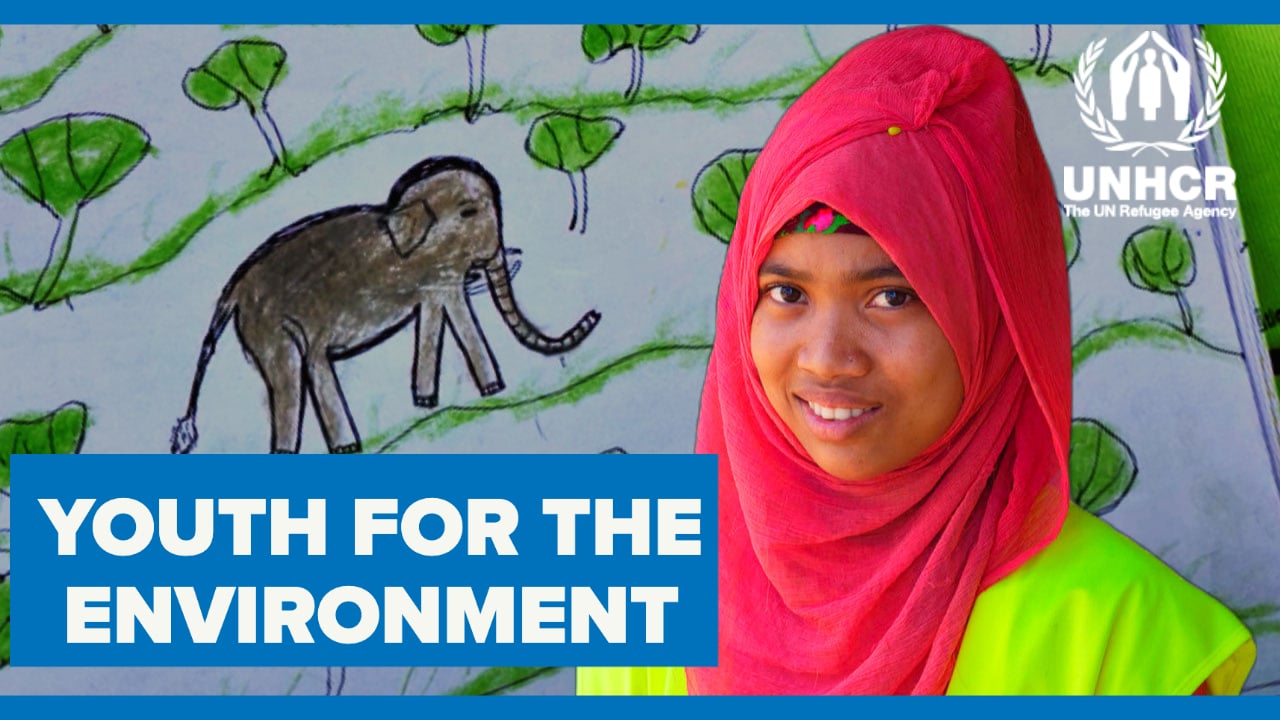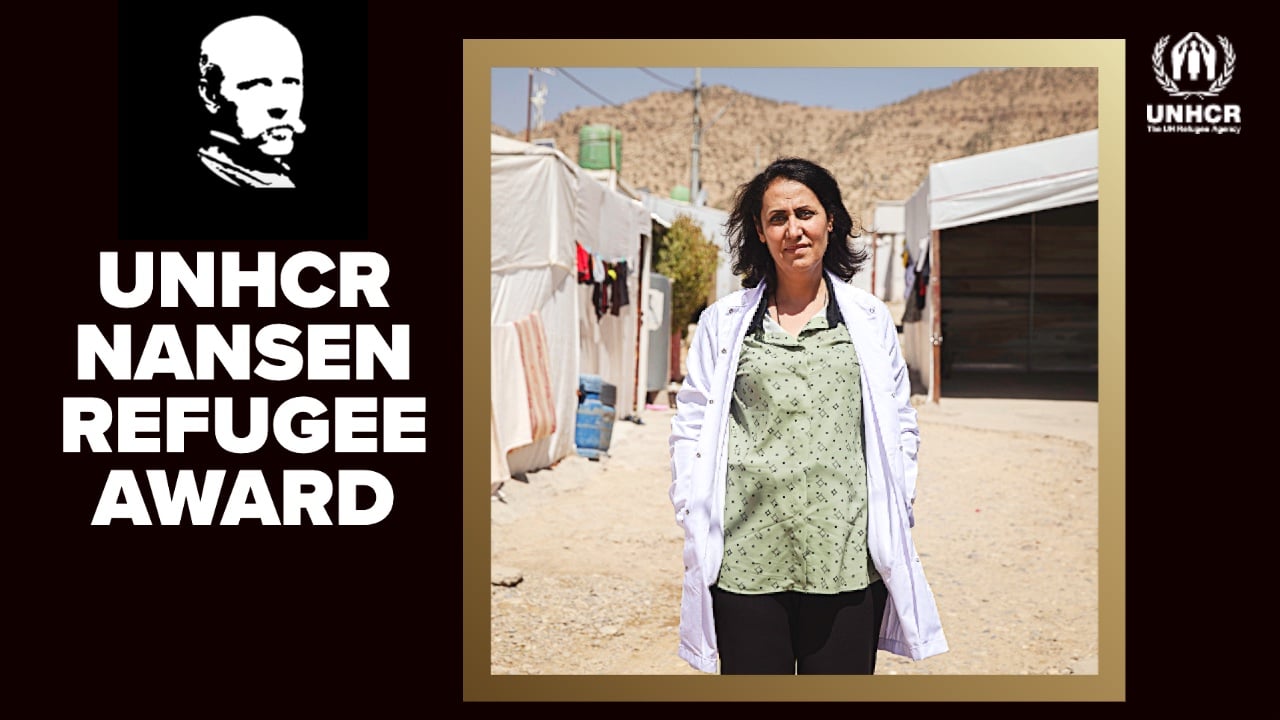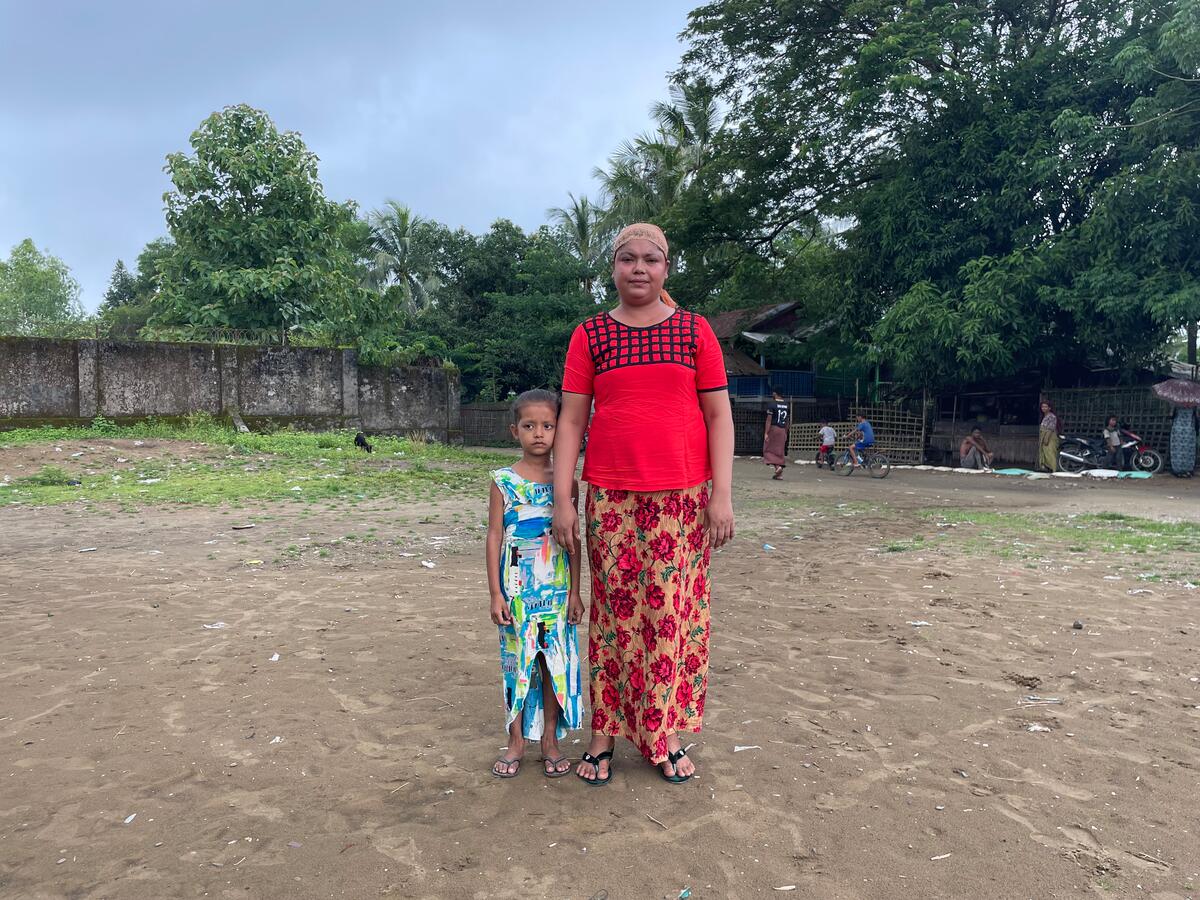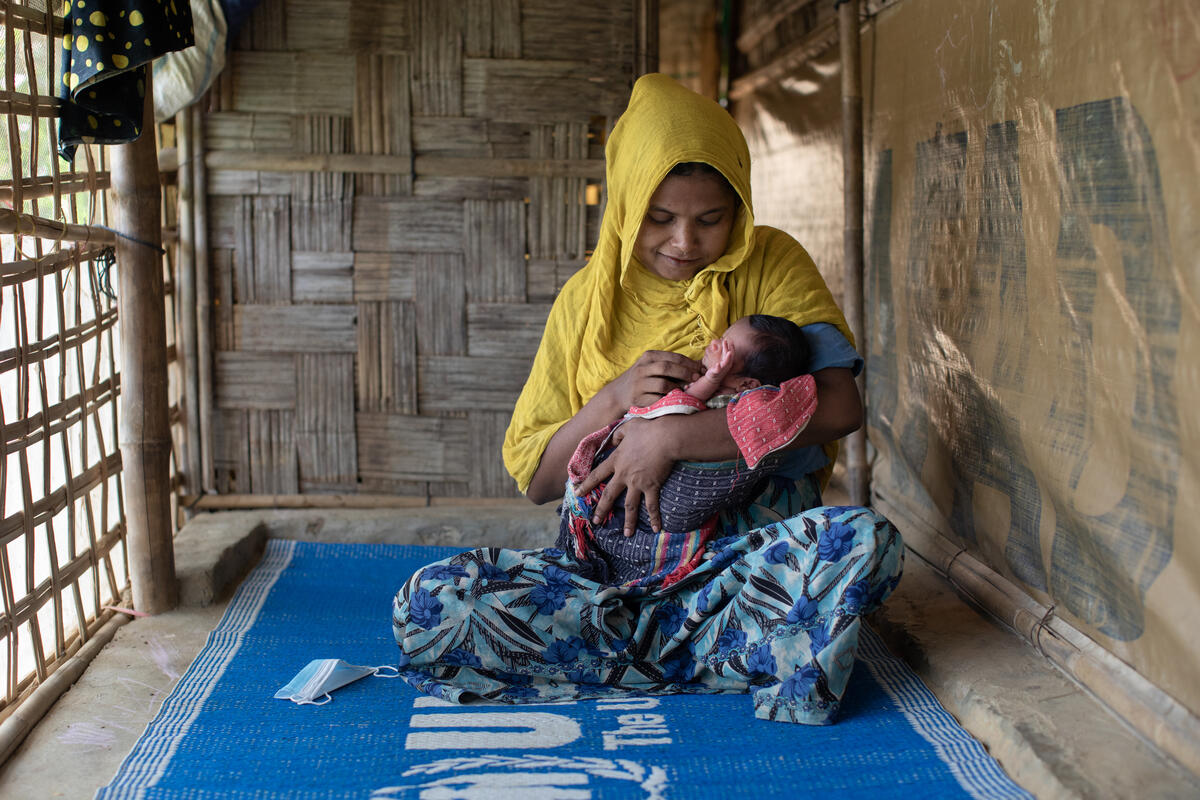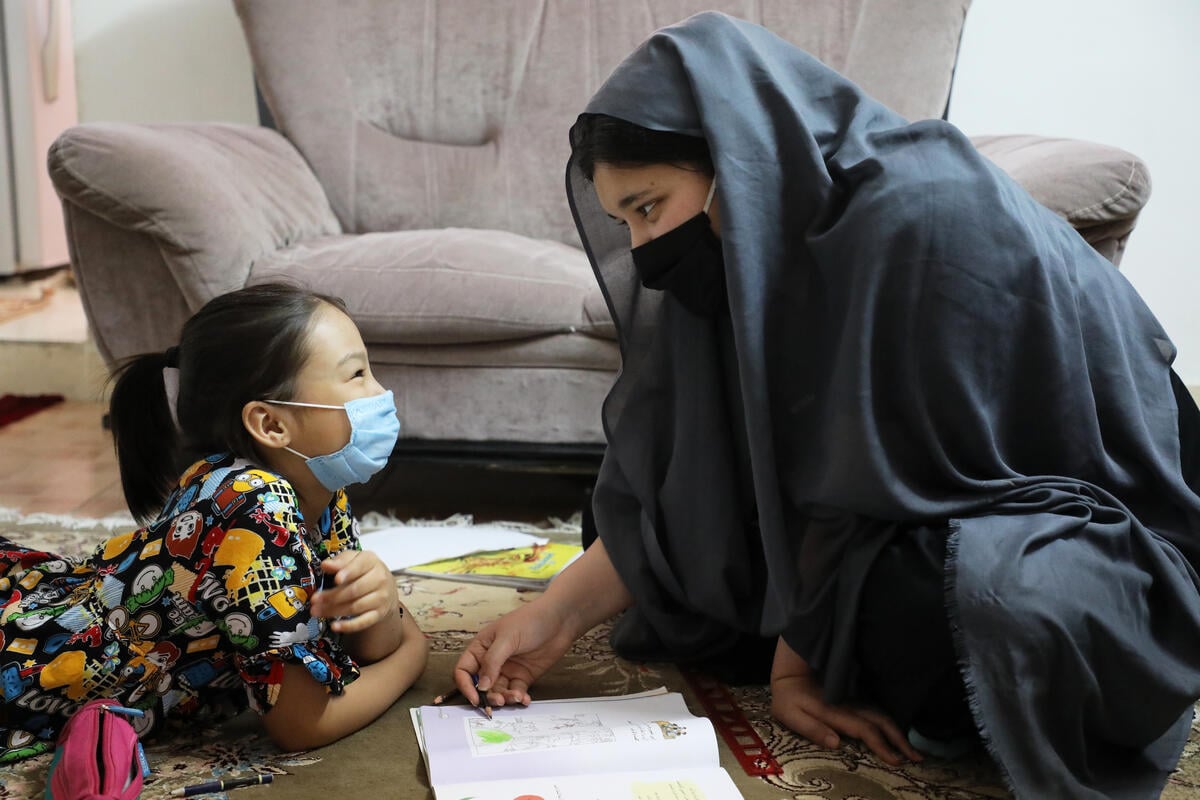UNHCR tackles diarrhoea outbreaks in Bangladesh camps
UNHCR tackles diarrhoea outbreaks in Bangladesh camps

KUTUPALONG REFUGEE CAMP, Bangladesh – A tin-roofed building at this refugee camp in Bangladesh is the new frontline in a battle to curb outbreaks of diarrhoeal disease among half a million Rohingya refugees.
The 20-bed diarrhoea treatment centre, which opened Monday at the camp is one of three providing a total of 80 beds. Two more centres are due to open next week.
“Severe diarrhoea causes dehydration, so quick and appropriate rehydration is vital to saving lives,” explained Taimur Hasan, associate public health officer for UNHCR in Bangladesh, during a tour of the facility.
Set in a U-shaped building surrounding a tall acacia tree, the centre has separate wards providing oral rehydration for milder cases, and and intravenous saline rehydration, for patients with more severe diarrhoea.
As of today, our staff, working with refugee volunteers, will fan out across the camp and nearby informal settlements to find people who might be sick but have not sought treatment.
“Community health volunteers can provide rehydration on the spot with oral saline, or if needed, bring them here,” Hasan said.
An estimated 507,000 Rohingya have now sought safety in Bangladesh.
Since violence flared up in Myanmar in late August, an estimated 507,000 Rohingya have sought safety in Bangladesh. Most live in informal cities of bamboo and plastic shacks, where fresh water and sanitation are “not optimal,” Hasan said.
Among the recent refugee influx, Bangladesh authorities have reported 10,247 cases of diarrhoea, although the real incidence is certainly much higher.

On a recent visit to the camp extension, this UNHCR reporter asked about 20 residents at an ad-hoc community meeting how many had fallen sick. A brief show of hands revealed about half had.
Most of the informal camps and settlements were until recent weeks woodland. The public health challenge has arisen as thousands of new residents are defecating in close proximity to the water supply. Tests reveal that some water sources are contaminated with coliform bacteria.
Measures to prevent the spread of disease also include the installation of 32 shallow tube wells, and 250 latrines so far, which UNHCR accomplished with the help of partners.
Your support is urgently needed to help the refugee children, women and men in Bangladesh. Please give now.



